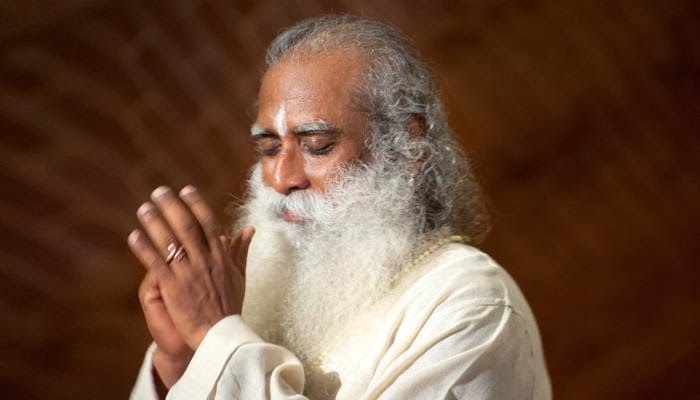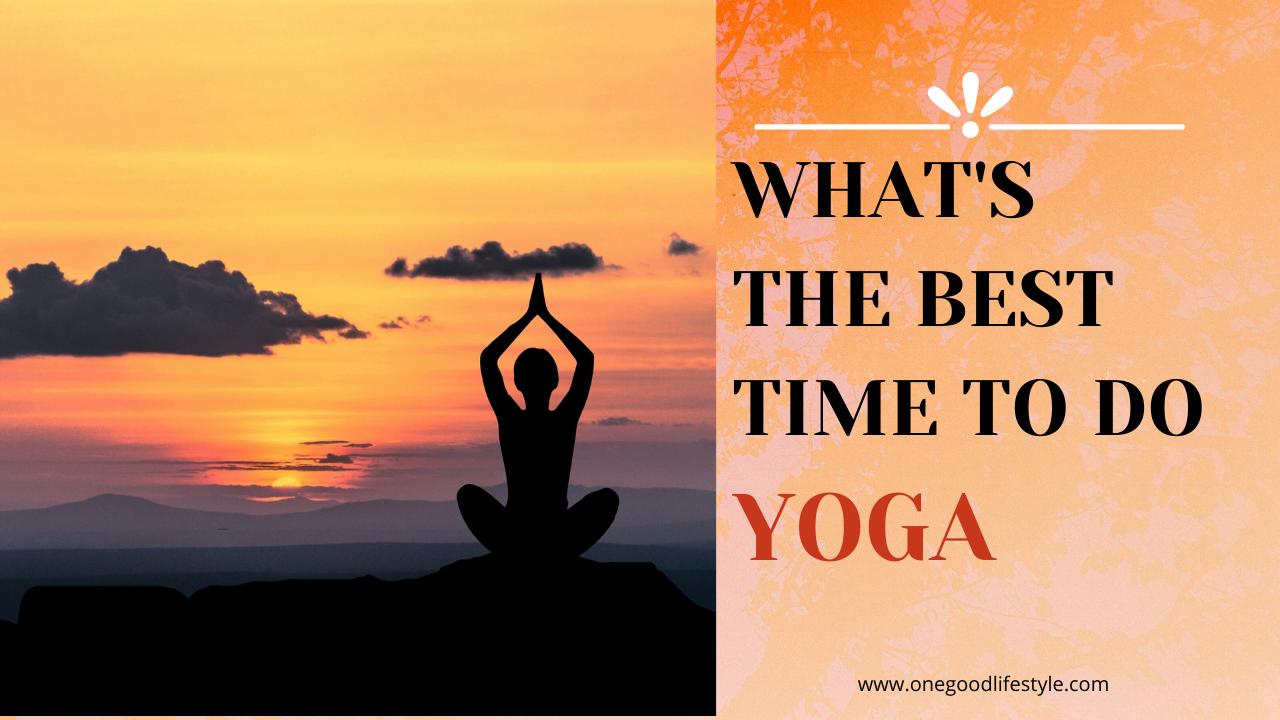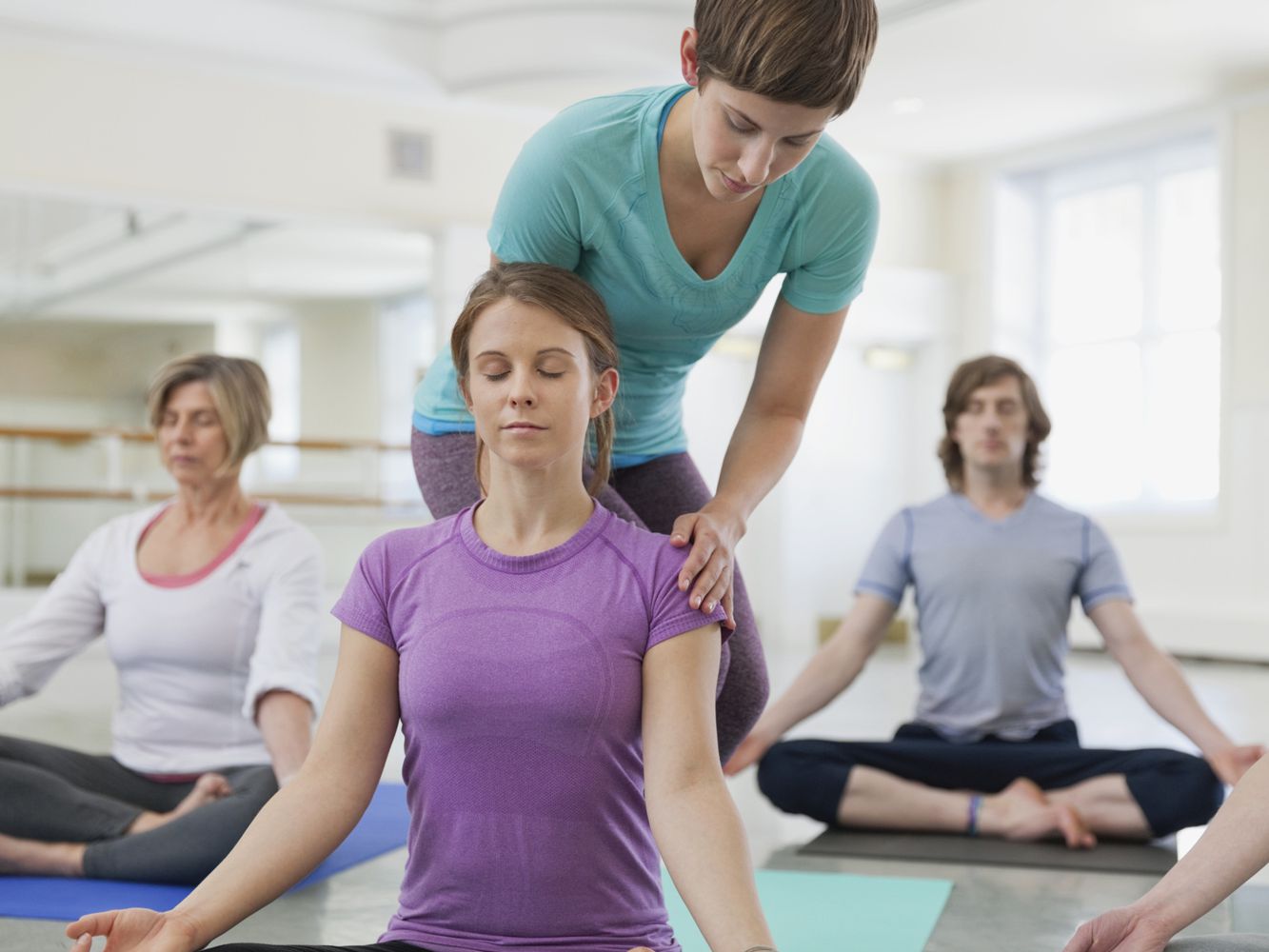
Yoga is an excellent way of increasing flexibility, particularly in the hips, back, and legs. This position increases blood circulation in the lower abdomen and improves blood flow throughout your body. It also helps to relieve stress. You can start by lying flat on your back. Next, extend your legs straight ahead. Fold your hips forward slowly by placing your arms below your shoulders. For at least two minutes, hold this pose. Repeat as necessary.
Yoga may sound like a good way to get flexible. However, there are many benefits beyond improving your posture. This discipline can improve your health and help you do more poses. Stretching is an integral part of the practice. Although a little time is necessary to master the poses, it's worth the extra effort and benefit. Once you are comfortable with your flexibility, you can tackle more challenging poses.

Standing leg pose: This is basically a modified Downward Facing Dog pose, except that one leg can be extended higher. It is important to extend your left leg straight up and point the right leg towards you. Altering this pose involves straightening your legs or bending your knees. You can also try standing leg pose, which encourages you to open your hips. Simply lower your knees toward the ground and concentrate on your tips.
For the hamstrings, a forward bend will do wonders. This pose opens up the chest and helps stretch the hamstrings, which can be responsible for back pain. This pose requires that you be seated on the ground, on a cushion or block. For at least 30 seconds, you can hold your left hand in your right hand and clasp it with your left. You should feel the stretching and release in your shoulder and neck muscles during this time.
Half-forward bends are the best way for your spine to be flexible. Standing on your hands, spread your fingers apart between your fingers, extend your arms out in front of your head. Place your arms around your head and press them towards your knee. This will increase the flexibility of your hips, hamstrings, and lower back. To help you reach your full stretch height, you can wrap the strap around the back of your foot if you have strong legs. If you do not have a strap, you can substitute a belt.

The Child's Pose is a very popular yoga pose and can be used in many ways. It is a resting pose that helps the spine stretch. It also increases flexibility in the hamstrings. It's a good choice for beginners. Place your hands on the floor and place your legs in front of you. Next, elevate your legs 90° and cross your arms over your chest. Keep your neck and head elevated in this position to help your lower back muscles.
FAQ
What is a good 7-day workout schedule?
A seven-day exercise program should consist of three days per week of cardiovascular training (running, biking, swimming), two strength exercises (using free weights, weight machines), and one flexibility/core workout (yoga, Pilates). It's essential to do each activity at least once a week. Maximum 45 minutes should be allotted for each session.
Cardiovascular Exercise: Running/Biking/Swimming
Your goal is to exercise at least 60 minutes each week. To achieve the best results, aim to exercise for at least 75 minutes each week. Cardio exercises can be used to increase blood flow, stimulate muscle growth, and improve blood circulation.
Strength Training
Cardio exercises target the heart, lungs and muscles. Strength training targets the muscles, tendons and bones. Strength training builds lean muscle mass, which helps burn calories even when resting.
Flexibility and Core Workouts
You can strengthen your entire body by strengthening flexibility and core exercises. Both yoga or Pilates are great options.
How quickly can I transform the body of my child?
Your mindset must be changed. You must first decide to change.
Once you've decided to make a change, you must commit to working on your fitness for at least three months.
Next, you will need to find a program that suits your lifestyle.
Also, you need to set realistic goals. Don't spend your hard earned money on a gym membership if you don't have the motivation to work hard.
Instead, make use of your time outdoors.
If you spend an hour a day walking around the block, you'll burn enough calories to lose 1 lb per week.
Now that you know what you're going to do start planning how you will organize your life to fit this new plan.
This includes making sure that you schedule a time to work out every morning before leaving for work and take breaks throughout the day to move.
Finally, you should reward yourself when you reach milestones. This could be buying accessories or clothing that reflect your success.
Is Cardio Better Than Strength Training?
Both are equally good. However, cardio is more effective if you're looking to bulk up faster.
Cardio burns more calories in a minute than strength training and more fat.
Although strength training can increase muscle mass, it is more difficult than cardio to do so.
Is it true to say that protein overeating can lead to kidney stones?
Protein helps maintain healthy bone and tissue. Over-consuming protein can result in calcium being excreted through the kidneys. In turn, this can result in kidney stones.
It is important to remember that not all people get kidney stones from eating more than 2g protein per kilogram (2.2lbs) of body weight. High amounts of protein can be consumed by some people without causing kidney stones.
By watching how much sodium you consume, kidney stones can be prevented. Sodium is important for maintaining the body's water balance. High levels of sodium are linked to a greater risk of developing renal stones.
If you have kidney stones, you can reduce your intake of protein. Protein provides about half of the daily caloric needs for most adults. It is possible to lose weight by cutting down on your intake of proteins.
If you do decide to eat more protein, don't go overboard. Do not eat more than 20% of your daily calories from protein.
Do Men Need A Gym Membership?
A gym membership does not have to be required for men. A gym membership will make your money more valuable.
Most gyms offer free trial memberships, allowing you to try out the facilities before paying any fees.
You can use the gym whenever you like, and it won't cost anything. You can cancel your membership as soon as you decide whether you love or hate it.
What does butter have to do with men?
Butter is a great source of saturated fats. This type of fat contributes to healthy skin, hair, and stronger bones.
Butter also contains vitaminK, which prevents bleeding after cuts and bruises. Vitamin K and vitamin C work together to prevent bruising.
Butter is also rich in minerals, including calcium, phosphorous, and potassium. These elements help to build stronger bones and teeth.
Butter is not without its flaws. Butter is high in cholesterol. Research has shown that high levels of cholesterol could increase your chances of developing cardiovascular disease.
Butter also contains high amounts of saturated fat, which contributes to obesity and increases cholesterol.
But if butter is a must, you can spread it on bread and not dip it in soups or salads. Bread absorbs less oil than pasta and potatoes.
Statistics
- Candidates and applicants must pass all four tests at 70% (minimum level) to graduate from Basic Deputy U.S. Marshal (BDUSM) Training. (usmarshals.gov)
- Are You One of the 20% of Guys (mh.co.za)
- Cardmembers earn 5% Back at Amazon.com with a Prime Credit Card. (amazon.com)
- 10 pounds in a month is likely during a lean bulking phase, especially for beginners. (muscleandstrength.com)
- An estimated calorie range for moderately active adult males falls between 2,200 to 2,800 calories per day, depending on age. (eatright.org)
External Links
How To
How does a man become fit in just 30 days?
Breaking down your fitness goals into smaller, more manageable steps is the best way for you to reach your fitness goals.
Each day you need to be working towards your goal. This could include anything from 10 pushups that last 5 minutes to running 3km.
You will notice positive results if this is done consistently over time.
Consistency is the key here. It is important to persevere until you succeed.
What is the difference between Aerobic Fitness (or Anaerobic Fitness)?
Anaerobic fitness means that our bodies can perform intense physical work with no oxygen. During periods of high-intensity exercise, we use anaerobic pathways to provide enough energy to complete the task. Anaerobic pathways can include glycolysis, creatinephosphate, the Phosphagen, and lactic acids.
Contrary to that, aerobic fitness is the ability to sustain low-intensity exercises for a long time. The primary source of energy for aerobic exercise is oxygen. In other terms, the aerobic pathway has more energy that the anaerobic.
For example, if you want to run a marathon, you must first build up your aerobic capacity. If you don't focus on increasing your aerobic capacity, you will not be able finish the race.
Aerobic fitness is also referred to as cardiovascular fitness. The two most common methods of measuring cardiovascular fitness are VO2 max testing and step tests.
Test VO2 Max
VO2 max refers to the maximum amount of oxygen (O2) used by the body during exercise. This test determines how much O2 your body can use during exercise.
This is the best test to assess cardiovascular fitness. However, it requires expensive equipment and highly trained professionals to administer the test.
Step Tests
Step tests are a simple but effective way to measure cardiovascular fitness. These are based on your weight and age, they require you to run or walk on a track.
These tests can be conducted almost anywhere and are cheap, simple, and easy. You can, for example, walk for 2 minutes on a treadmill, then rest for 1 min, then repeat the process for 20 minutes. Then, stop. Throughout the session your heart rate should not exceed a specified range.
This is the "Bruce Protocol". Bruce, himself a runner, created this protocol after realizing that he would not feel his heart rate increase when running longer distances.